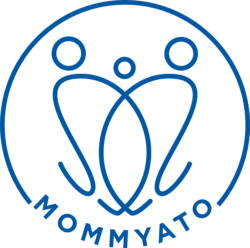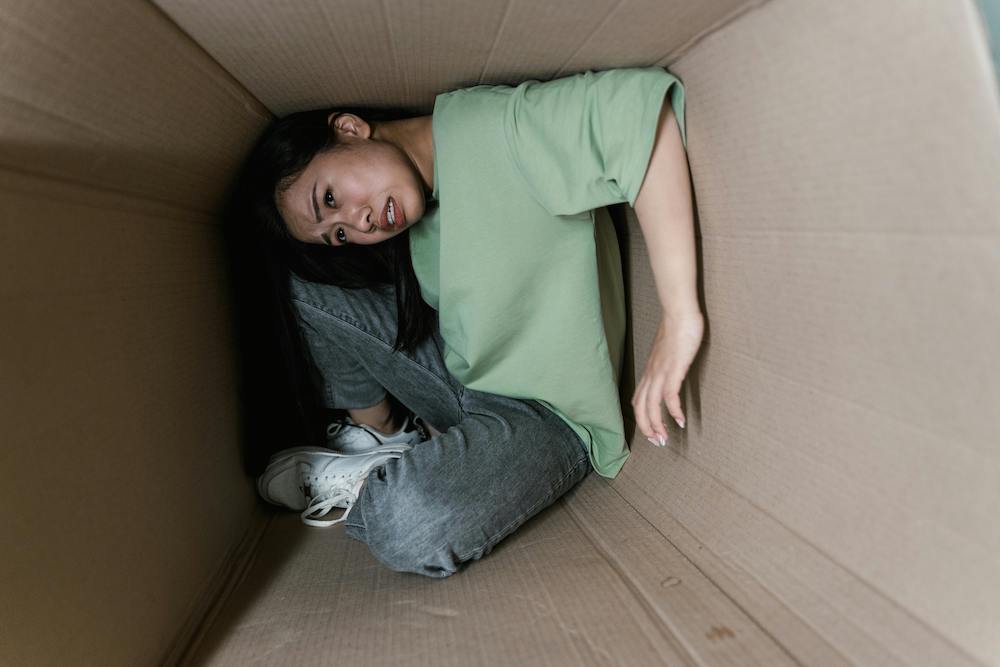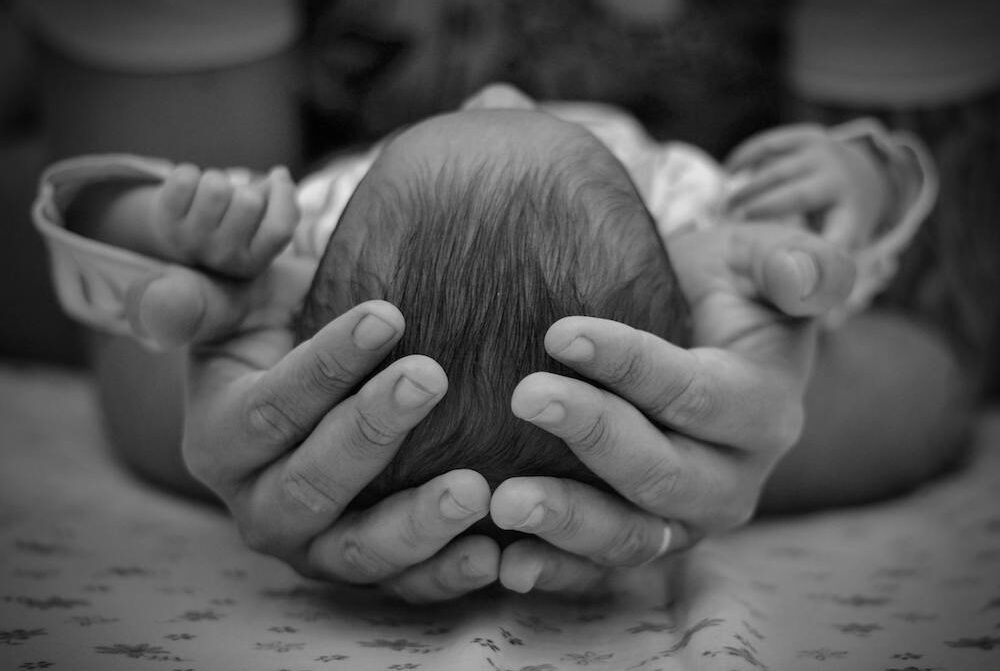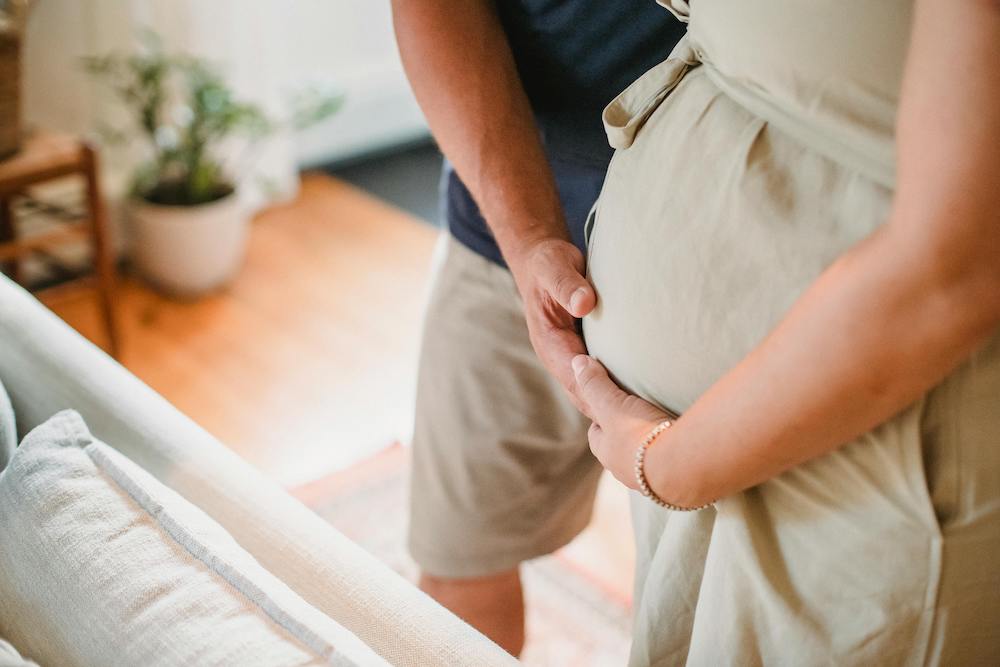Postpartum
20 May Postpartum Anxiety, Panic & OCD
In honor of Maternal Mental Health in May, let’s look more closely at postpartum anxiety, panic, and obsessive compulsive disorders (OCD). Postpartum anxiety, panic and OCD are part of a broader classification of postpartum mood disorders, which also includes postpartum depression and postpartum psychosis. Postpartum anxiety disorders are very common in women, often occurring immediately or within 4-6 weeks after giving birth. Postpartum anxiety is characterized by fearful and distressing thoughts or feelings after the birth of the baby.22 Apr 5 Essential Tips for Recovery after a C-section
C-sections (cesarean sections) are fairly common these days. So common that some people may think having one is a breeze and the recovery is uncomplicated. But, a c-section is actually abdominal surgery.15 Apr The 3 Basic Tenets of Recovery after Childbirth
New mothers sometimes forget… since it took 9 months for your body to grow and develop a baby, it can also take months to feel “normal” again after giving birth. If you’re breastfeeding, you may not feel “back to normal” until after you’ve weaned. Many women never look and feel the same after giving birth. And, truly, why should we? A woman has grown, nurtured, and given birth to another person from her own body. As a result of this physiological process, some bodily changes will be temporary, others permanent. We encourage new mothers to embrace this reality and accept it as a loving initiation into motherhood.23 Jan Relieving Nipple Pain from Breastfeeding
25% of American women stop breastfeeding by 6 months because of nipple pain.² You might be wondering what to expect the first few weeks of breastfeeding your newborn. For mothers who’ve already breastfed a baby, you may not experience much nipple tenderness. But, for first time mothers, nipple pain can cause quite a bit of discomfort the first weeks.30 Nov Postpartum Pelvic Floor Dysfunction After Childbirth
Chronic pelvic pain and incontinence (leaking urine or feces) are not acceptable, long term conditions after childbirth.
What is Pelvic Floor Dysfunction After Childbirth?
As women, we’ve all heard it many times, that leaking pee (urinary incontinence) is the way it is - forever - after childbirth. While urinary incontinence and pelvic discomfort can occur during pregnancy and in the immediate postpartum period, usually because of weight, posture, and hormonal changes, it’s an unacceptable outcome to suffer with chronic urinary incontinence for years and decades after pregnancy and childbirth.06 Oct Postpartum Health Tips for New Moms
The postpartum period can be challenging for new moms. Between the shifts in hormone levels, vaginal bleeding, and the newness of caring for your newborn, it can be overwhelming. Don’t neglect your own health and wellbeing. It’s so important that you prioritize your health as a new mom. Here are 6 postpartum health tips that will get your new journey off on the right foot.04 Oct Postpartum Depression: What you Need to Know
Depression during pregnancy and postpartum is the most common mental health condition Being pregnant and becoming a parent is often a time of joy and excitement. It can also be a time of worry and doubt, especially if this is your first time becoming a parent.5....
23 Sep Foods to Avoid While Your Breastfeeding
If you’re planning on breastfeeding, it’s important to understand the direct link between your baby’s health and your diet. Just like during pregnancy, what you consume will be passed on to your baby. Many new moms are aware of this, but aren’t sure what foods to avoid while they're breastfeeding. This article will help you understand what foods could be a risk to your baby.28 Jul Preventing Mastitis When Breastfeeding
Effective, frequent nursing speeds the recovery of clogged milk ducts and mastitis. The antibacterial qualities of breastmilk prevent the baby from getting an infection related to an inflamed or infected breast. The first week of August is World Alliance for Breastfeeding Action (WABA) week, which brings awareness to the protection, support and benefits of breastfeeding. In honor of this agenda, it’s important to dig into the challenges of breastfeeding, specifically mastitis. Mastitis is one of the most common problems related to breastfeeding. It usually begins with a clogged milk duct that leads to inflammation of the breast tissue and sometimes an infection of the breast.
- 1
- 2
